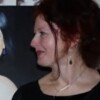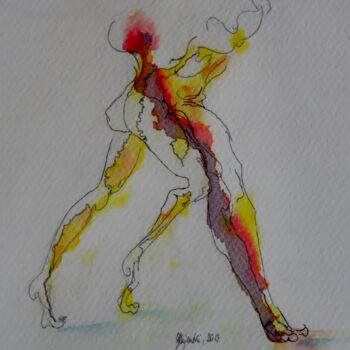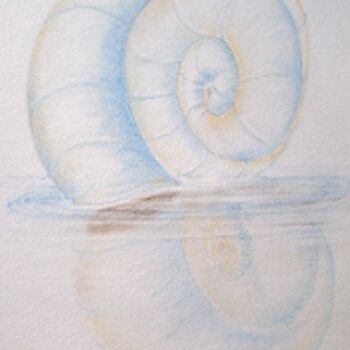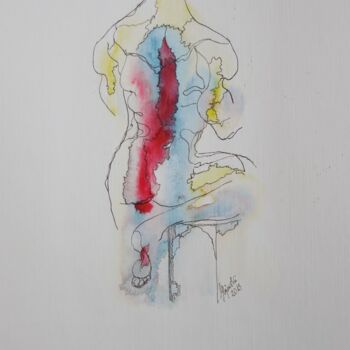Ephraim (2021) Photographie par Grazyna Hajewski
Cette impression est disponible en plusieurs tailles.
Vendeur Grazyna Hajewski
Cette image est disponible pour téléchargement avec une licence
Vendeur Grazyna Hajewski
-
Ce travail est une "Open Edition"
Photographie,
Giclée / Impression numérique
- Dimensions Plusieurs tailles disponibles
- Plusieurs supports disponibles (Papier d'art, Impression sur métal, Impression sur toile)
- Encadrement Encadrement disponible (Caisse américaine + sous verre, Cadre + sous verre acrylique)
- Catégories Expressionnisme Paysage
The landscape blossomed in the 17th century, its cultivars emerged and theoretical categories were developed. In the Netherlands, the development was mainly topographical (Jan van Goyen, Meindert Hobbema, Jacob van Ruisdael) and fantastic (Joachim Patinir) landscapes. Italy and France were dominated by the composed landscape, where the heroic landscape (Nicolas Poussin) and the pastoral landscape (Claude Lorrain) were distinguished. In the 18th century Venice, the vedut painting was developing (Giovanni Antonio Canal, Francesco Guardi, Bernardo Bellotto); in England, it was created by such artists as William Turner and John Constable; in Germany - Caspar David Friedrich. In the nineteenth century, the so called "Socrates" were created. a school in Barbizon, which brought together artists who painted mainly realistic country landscapes (Théodore Rousseau). Also in impressionism and post-Impressionism, the main theme of the landscape remains - but in a completely new way (Camille Pissarro).
In the nineteenth century, a school in Barbizon, which brought together artists who painted mainly realistic country landscapes (Théodore Rousseau). Also in impressionism and post-Impressionism, the main theme of the landscape remains - but in a completely new way (Camille Pissarro). In the art of the twentieth century, landscape has become a popular theme taken up by artists from various directions (fovists, cubists, expressionists, surrealists).
Thèmes connexes
Countess est une artiste peintre et photographe. Ses peintures montrent la beauté de la vie et de ses éléments. La direction principale de sa peinture est l'impressionnisme.
Elle peint à l'huile et à l'aquarelle, mais elle utilise également un crayon, un stylo ou un fusain lorsqu'elle veut faire un portrait de personnes et d'éléments de la nature. Dans sa galerie d'art, elle expose des peintures représentant l'orientation de mes intérêts et de mes inspirations.
Elle respecte avec beaucoup de respect la culture et l'art juifs, elle admire les résolutions de la Torah et elle admire le fait qu'à ce jour elles n'ont pas perdu leur actualité, mais sont assimilées par des courants successifs, nés sur la toile de la judéité, qui nous guident tout au long de la vie.
Comtesse travaillant et vivant à Braunschweig (Allemagne). Elle est diplômée de l'Académie des Beaux-Arts de Hambourg et de Paris avec mention. Ses œuvres ont été exposées dans de nombreux pays.
-
Nationalité:
ALLEMAGNE

- Date de naissance : 1956
- Domaines artistiques: Oeuvres d’artistes professionnels,
- Groupes: Artiste professionnel Artistes Contemporains Allemands








